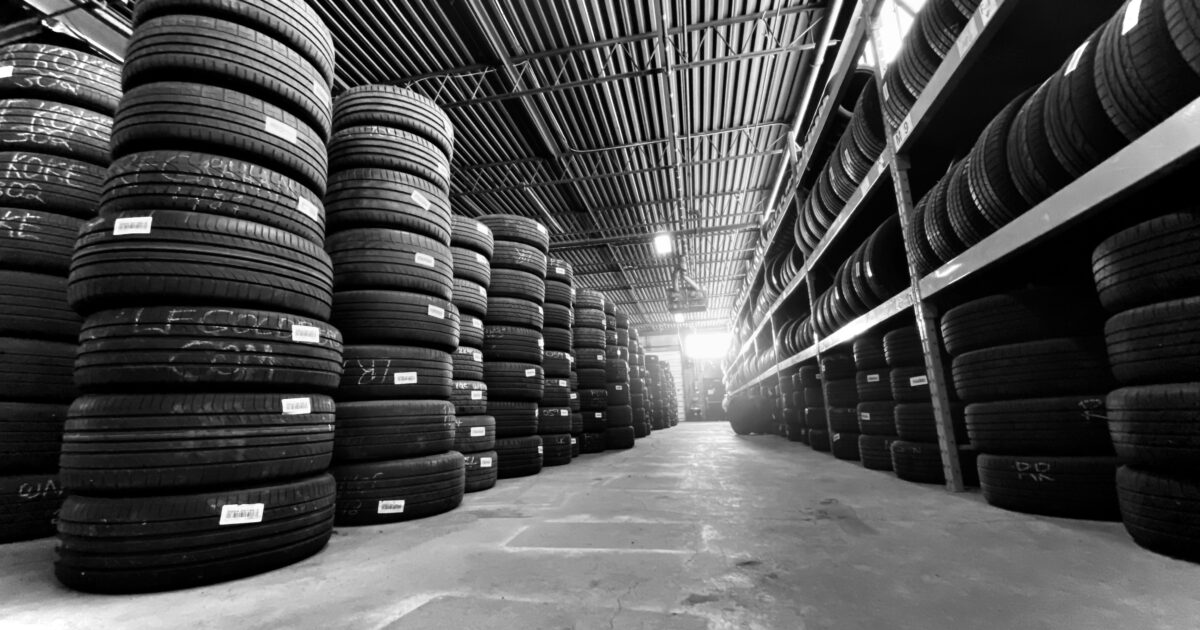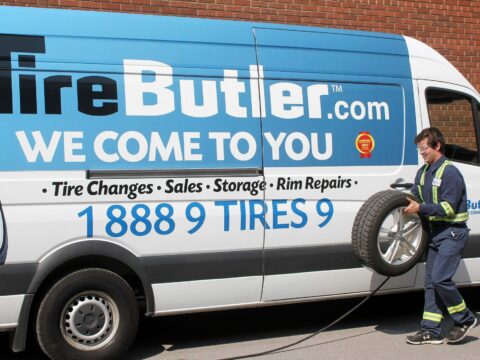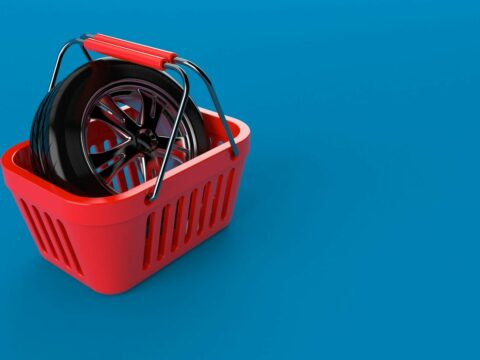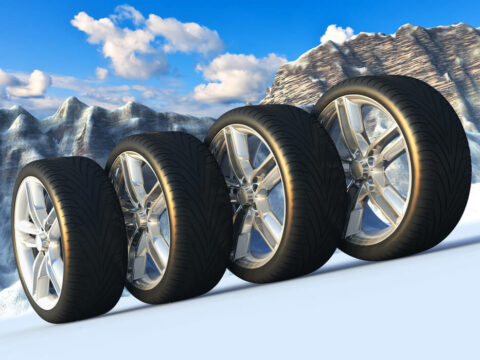It is no secret that tires are supposed to be replaced every once in a while for several reasons – and the change in weather is one of such motives. Drivers must change their tires to safely conduct their vehicles when there are changes in the weather – taking this measure prevents road accidents and ensures all drivers and passengers are safe.
This article aims to clarify the difference between winter tires and mud & snow tires (also known as MS tires) and on which occasions drivers must correctly use them.
What Are Winter Tires
Mud and snow tires are not the same as winter tires. Winter tires, as the name suggests, are specially designed to be used during winter in extreme conditions. It is recommended that drivers replace their regular tires with winter tires when outdoor temperatures reach a sub-zero level or when the snow levels on the road are very deep.
These tires provide strong traction and better wheel control so drivers can adequately move forward after a storm.
What Are Mud & Snow Tires
MS tires are supposed to be used on slippery roads due to mud and light snow. These tires have deep ridges that offer traction against wet surfaces. This traction is slightly more intense than the traction in all-year or summer tires.
MS tires are not suitable for winter – and we will explain why.
What is the Difference Between Winter Tires and Mud & Snow Tires?
Winter tires must be used on roads with heavy snow and extremely low temperatures, while MS tires can support some snow level. Therefore, the difference between these two types of tires is in the traction – winter tires have deeper ridges than the ones present in MS tires.
Suppose you frequently drive on snowy roads where the temperature is equal to or below 7 degrees — in that case, it is recommended that you use winter tires with more frequency. Winter tires provide experienced and new drivers with better traction and improved vehicle control.
Also Read: What is the cost to change Winter Tires?
When Should You Replace Your Tires
The change in weather conditions is only one reason drivers must replace their tires throughout the year – snow, ice, extreme heat or extreme cold are factors that influence tire replacement. Still, there are other telltale signs that drivers must watch out for.
Tire Age
Tire age is related to when tires were manufactured. It is recommended that drivers replace their tires every 5 or 6 years – with ten years being the maximum time for a complete replacement.
This replacement must be done even if the tires are in good condition.
Tread Depth
Tires get worn out over time, and one way to find out if they need replacement is by checking the tread depth. A straightforward way to do so is by placing a penny at various points along the tread and seeing if the Queen’s head is visible when facing down.
If it is possible to see the head, it means the tire is worn out and needs replacement.
Bulgings
Bulgings are air pockets that form when air gets in between a tire’s rubber or metal and the inner liner. These air pockets are bulges and can happen due to manufacturer defects, potholes or curbs.
When a tire bulges, it needs to be replaced, and if this issue is not taken care of, it can cause accidents and injury.
Excessive Tire Vibrations
The vibration occurs when there are issues with the balance of a tire. When the inner belts of the tires separate from one another or shift around too often, they must be replaced.
This issue is not visible; however, it can be felt by the passengers in a vehicle as it does provide a lumpy driving experience. When there is excessive vibration, it is an indication that tire replacement is necessary.
Also Read: How Often Do You Need New Tires?
Contact Tire Butler to Have Your Tires Replaced Today
At Tire Butler, we offer excellent brands and options for all your winter tires or mud and snow tires needs. Contact us at 416-234-1688 today, so we can efficiently replace your tires and provide you with a better and safer driving experience.



